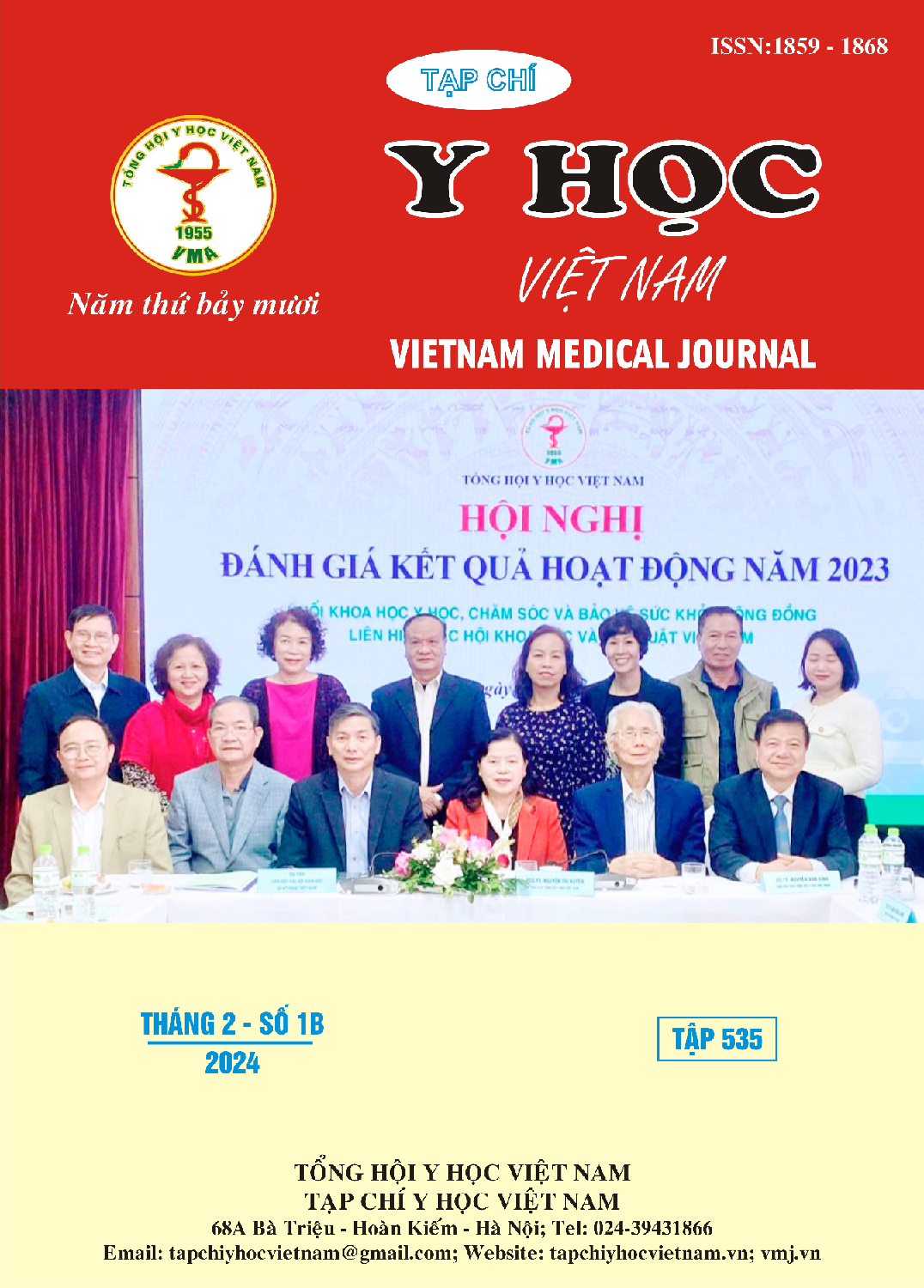HIỆU QUẢ CAN THIỆP NÂNG CAO THỰC HÀNH QUẢN LÝ ĐAU CHO ĐIỀU DƯỠNG LÀM VIỆC TẠI BỆNH VIỆN ĐA KHOA TỈNH HẢI DƯƠNG
Nội dung chính của bài viết
Tóm tắt
Mục tiêu: Nghiên cứu nhằm đánh giá hiệu quả can thiệp nâng cao thực hành quản lý đau của điều dưỡng tại Bệnh viện Đa khoa tỉnh Hải Dương. Phương pháp: Nghiên cứu thử nghiệm ngẫu nhiên có nhóm chứng được thực hiện trên điều dưỡng 47 điều dưỡng ở mỗi nhóm (nhómcan thiệp và nhóm chứng). Kết quả: Sau 1 tháng can thiệp, tỷ lệ điều dưỡng có thực hành tốt ở nhóm can thiệp tăng có ý nghĩa thông kê từ 29,8% lên 74,5% (p=0,001). Ngược lại, nhóm chứng có xu hướng giảm nhưng không có ý nghĩa thống kê từ 23,4% điều dưỡng có thực hành tốt xuống còn 8,55% (p=0,092). Kiểm định Chi Square cho thấy sau can thiệp một tháng, có sự khác biệt đáng kể giữa hai nhóm về mức độ thực hành tốt (χ2= 42,11,p =0,000). Kết luận: Giáo dục kết hợp với đội ngũ chuyên gia và sổ tay hướng dẫn quản lý đau có tác động tích cực đáng kể đến thực hành quản lý cơn đau của điều dưỡng.
Chi tiết bài viết
Từ khóa
Thực hành, quản lý đau, can thiệp, điều dưỡng
Tài liệu tham khảo
2. Vu P.H., Tran D.V., Le Y.T. et al. (2020). Postoperative Pain Management among Registered Nurses in a Vietnamese Hospital. Scientific World Journal, 2020, 1-6.
3. Germossa G.N., Hellesø R., Sjetne I.S. (2019). Hospitalized patients' pain experience before and after the introduction of a nurse-based pain management programme: a separate sample pre and post study. BMC Nursing, 18(40), 1-9.
4. Grommi S., Voutilainen A., Vaajoki A., et al. (2021). Educating Registered Nurses for Pain Knowledge and Documentation Management: A Randomized Controlled Trial. International Journal of Caring Sciences, 4(2), 919-929
5. Rababa A., Hayajneh. (2021). Nurses' perceived barriers to and facilitators of pain assessment and management in critical care patients: A systematic review. J Pain Res, 14, 3475-3491.
6. World Health Organization (2017): Process of translation and adaptation of instruments. [http://www.who.int/substance_abuse/research_to ols/translation/en/].
7. Song W., Eaton L.H., Gordon D.B., et al. (2015). Evaluation of Evidencebased Nursing Pain Management Practice. Pain Management Nursing, 16(4), 456-463.
8. Aqoul E.A, Obaids A, Jarrah I, et al. (2015). Effectiveness of Education Program on Nursing Knowledge and Attitude toward Pain Management. Asia Pac J Oncol Nurs, 7(4), 382-388.
9. Mohasen S.K, Hassan H.S. (2022). Effectiveness of an interventional program on nurses practices regarding postoperative pain management among adult patient with abdominal surgery. International Journal of Health Sciences, 6(2), 7842–7851.
10. Trudeau K.J., Hildebrand C., Garg, P. et al. (2017). A randomized controlled trial of the effect of online pain management education on primary care providers. Pain Medicine, 18(4), 680-692.


